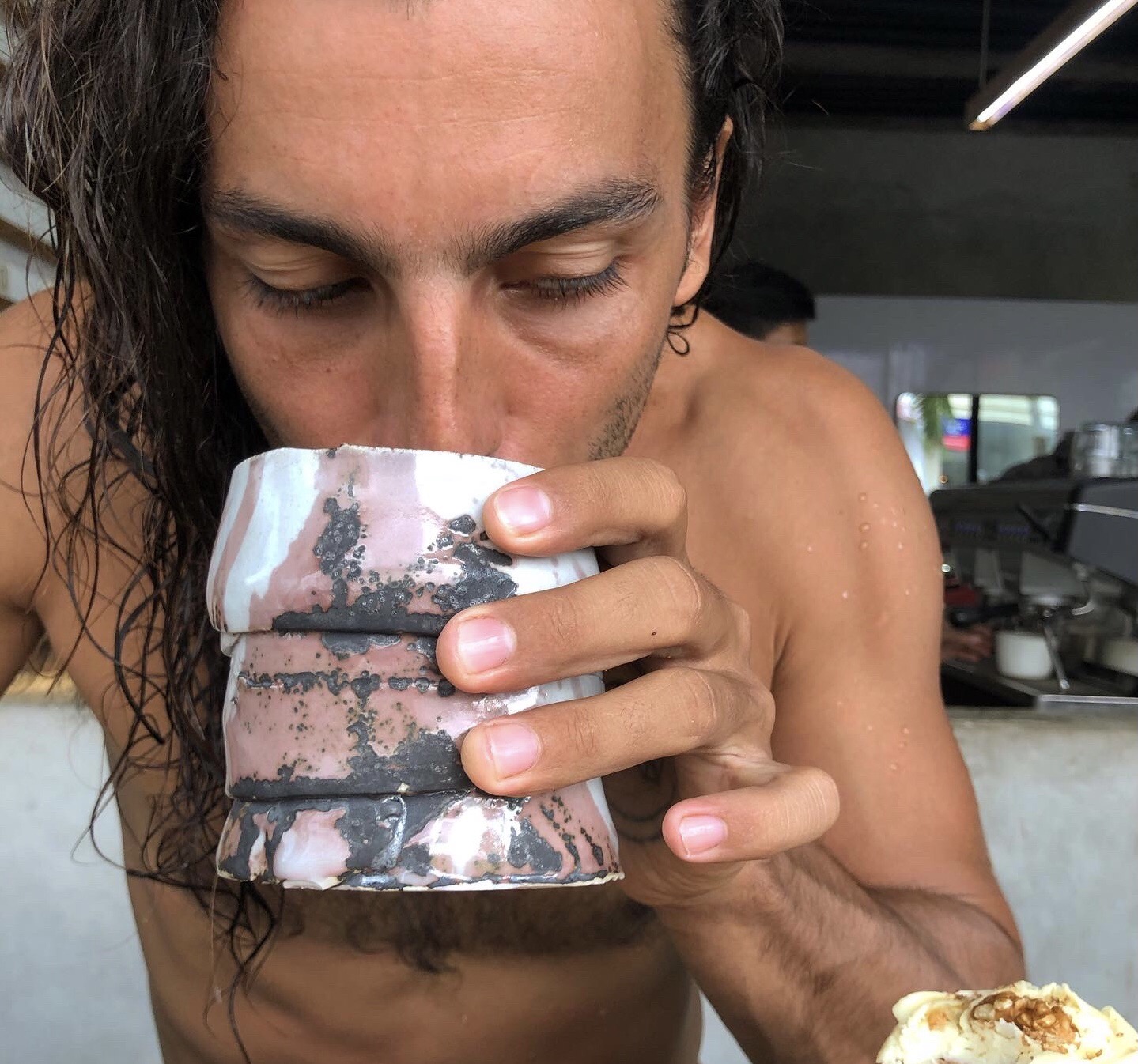A Taste of Artistry: Unraveling the Chemistry of Espresso and Glaze
- David Backus

- Jul 26, 2023
- 2 min read
Updated: Dec 7, 2023

Hey! Today, I'm lost in this amazing hand-pressed espresso with beans from Bali and Java. It's wild how it connects with our shared love for pottery. Believe it or not, brewing espresso and making ceramic glazes, though seemingly worlds apart, both rely on a cool common thing – chemistry.
Espresso: A Flavorful Adventure
Making a kickass espresso is basically a cool journey into coffee chemistry. With beans from Bali and Java, each packing earthy vibes and cocoa hints, it's like we're cooking up a complex chemistry experiment. Grinding, heating, pressuring, and water – all set off a series of chemical reactions that team up to bring out the magic in the coffee beans. The result? A bold espresso shot that's a feast for the senses.
Glazing: Our Crafty Lab
But, did you ever think that making ceramic glaze is also all about chemistry? Creating that perfect matte white glaze at cone 7 isn't just about materials and heat; it's about mixing elements to get that perfect finish we all want.
Putting Together the Chemical Puzzle
The chemistry of glaze starts with these components:
Feldspar: Makes things melt smoothly.
Kaolin: Adds opacity and that matte touch.
Silica: Gives the glaze its glossy look.
Whiting: Helps silica melt.
Tin Oxide: Makes the white color pop. If you're on a budget, Zirconium silicate can work too.
Balancing the Formula and Firing Up
Creating your glaze is like a balancing act with these ingredients. A starting recipe could be 30% each of Feldspar, Kaolin, and Silica, with 5% each of Whiting and Tin Oxide. But glaze chemistry isn't one-size-fits-all. It needs tweaking based on your clay, kiln, and your style.
A cone 7 oxidation firing should give your matte white glaze the perfect setting to shine.
Appreciating the Shared Chemistry
Sipping this espresso, it hits me how understanding the chemistry, mixed with patience and skill, is key to brewing a killer espresso or making a beautiful glaze. In our own ways, we're like modern-day alchemists – tweaking things, checking results, and always learning. Cheers to the joy we find in our creations and the cool surprises hidden in the chemistry of what we do.


Comentários